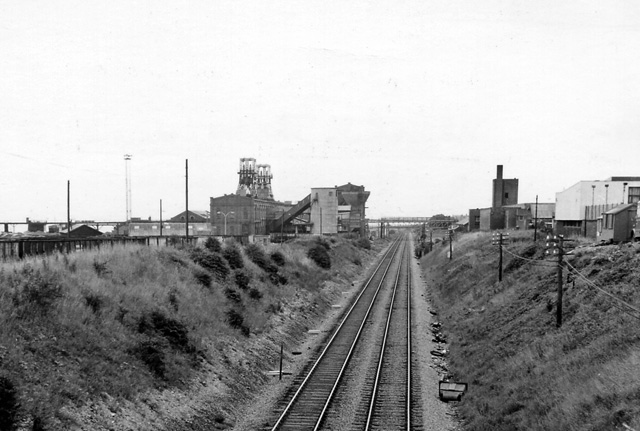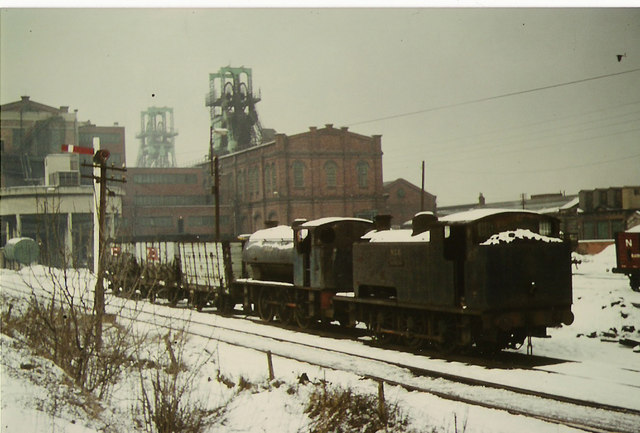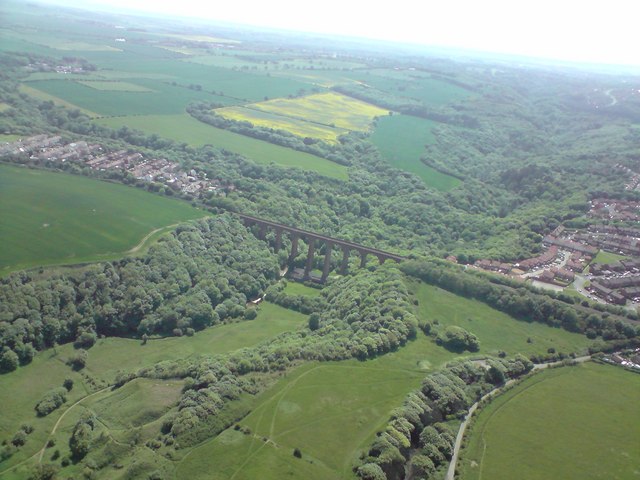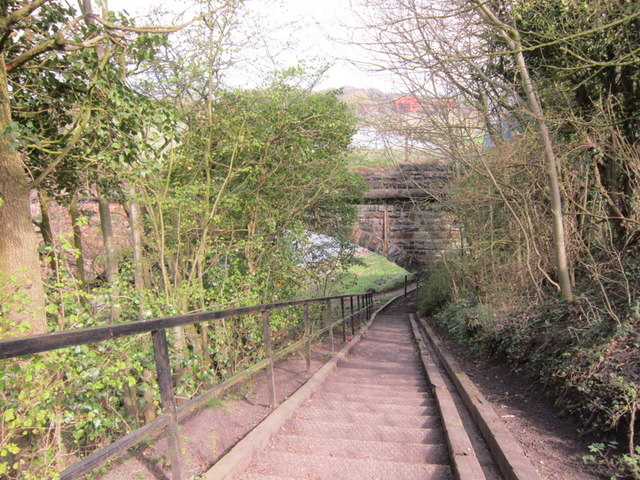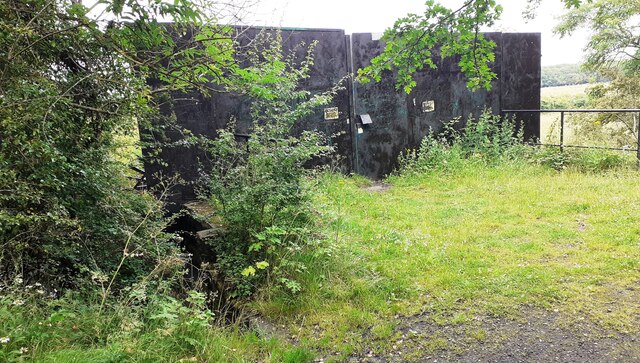Topics > County Durham > Blackhall Colliery > Blackhall Colliery (1909 - 1981)
Blackhall Colliery (1909 - 1981)
Blackhall Colliery was sunk in 1909 by Horden Collieries Ltd., the company which owned the nearby Horden Colliery. Blackhall Colliery began drawing coal in 1914 and was producing 3,350 tons per day by 1929. The colliery had 2 shafts, both of 193 fathoms in depth, and 3 coal seams of 2 to 6 ft in thickness. An aerial ropeway, as at Horden, delivered the refuse into the sea. At its height 2,492 people were employed at Blackhall Colliery in 1950.[1] The Colliery closed on the 16th of April 1981, bringing great hardship to the village of Blackhall Colliery.
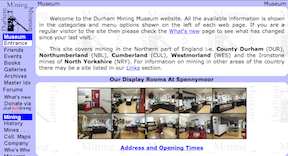
from http://www.dmm.org.uk/collier…
Blackhall Colliery
- "....Coal drawing was commenced in 1914 and the output now exceeds 3,350 tons per day.
The two shafts are each 22 feet in diameter and 193 fathoms in depth from …
Added by
Simon Cotterill

from Geograph (geograph)
Monument to the mining industry at Blackhall Colliery
Pinned by Simon Cotterill
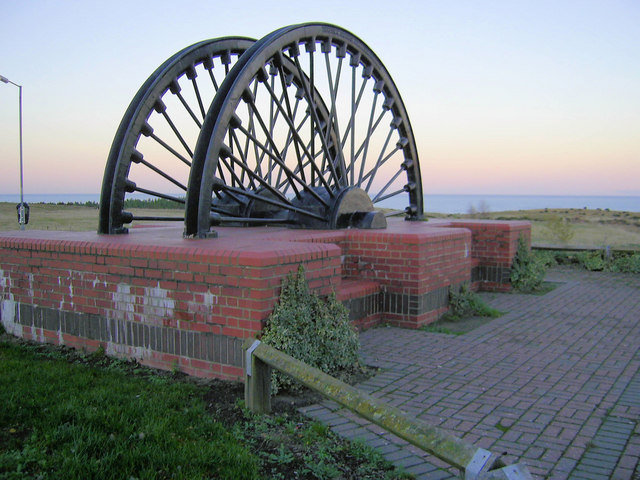
Co-Curate Page
Horden Colliery (1900 - 1987)
- Overview About Horden Colliery Horden Colliery, which was sunk in 1900 by Horden Collieries Ltd to mine undersea coal seams, was located in Horden, County Durham. On the 9th May 1930, …


from http://www.dmm.org.uk/collier…
Blackhall Colliery
- "....Coal drawing was commenced in 1914 and the output now exceeds 3,350 tons per day.
The two shafts are each 22 feet in diameter and 193 fathoms in depth from …
Added by
Simon Cotterill

from Geograph (geograph)
Monument to the mining industry at Blackhall Colliery
Pinned by Simon Cotterill

